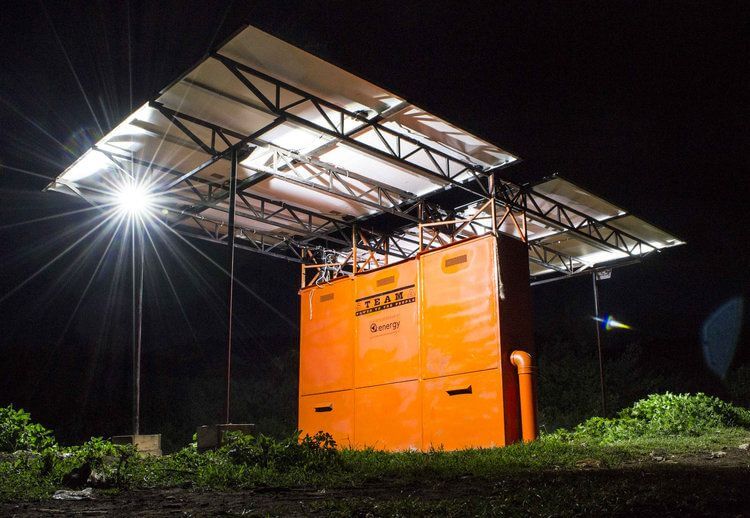The paper, Powering Productivity, investigates various factors that can make or break the value of a mini-grid including recruiting the appropriate customer base, generating revenue, balancing supply and demand and creating social impact. A significant data gap exists on how to successfully cultivate a paying consumer base in rural African markets. Open data is a hallmark of Paul Allen’s Vulcan Inc. and this white paper, the first in a series, is aimed at growing the mini-grid development opportunity and better serving unconnected communities.
Key findings
- Customers who use mini-grids have shifted almost entirely away from fossil fuels. Prior to the installation of the mini-grids, 86% of customers used unsafe and unhealthy kerosene, disposable batteries or diesel generators to meet their energy needs. Post-installation, only 4% of customers are still using any of these fossil fuels.
- Customers tend to overestimate how much electricity they plan to use. This makes continuous customer engagement and education a necessity, because surprises undermine customer trust.
- Cultural factors can significantly affect profitability, so when conducting site surveys for potential mini-grid locations, understanding local culture and politics is key.
- Text messaging activity can be a good proxy for digital literacy; customers who are proficient with their phones will likely consume more power. One-time payments by phone can be as low as $0.10 with some customers buying electricity as often as five times per day.
- Businesses in higher-traffic areas are the most profitable customers. A minority of customers, mostly businesses, consume the majority of electricity; the top 10 percent of customers generate 5x the Average Revenue Per User (ARPU) and 40 percent of total revenue.
- Most customers consume <250 watt-hours/day, yet remain important as a hedge against the loss of higher use customers.
- Electricity usage fluctuates widely by month and season: use is highest in December and lowest in February.
- Always factor fluctuating exchange rates into your business model, as these rates impact profitability for foreign investments.
